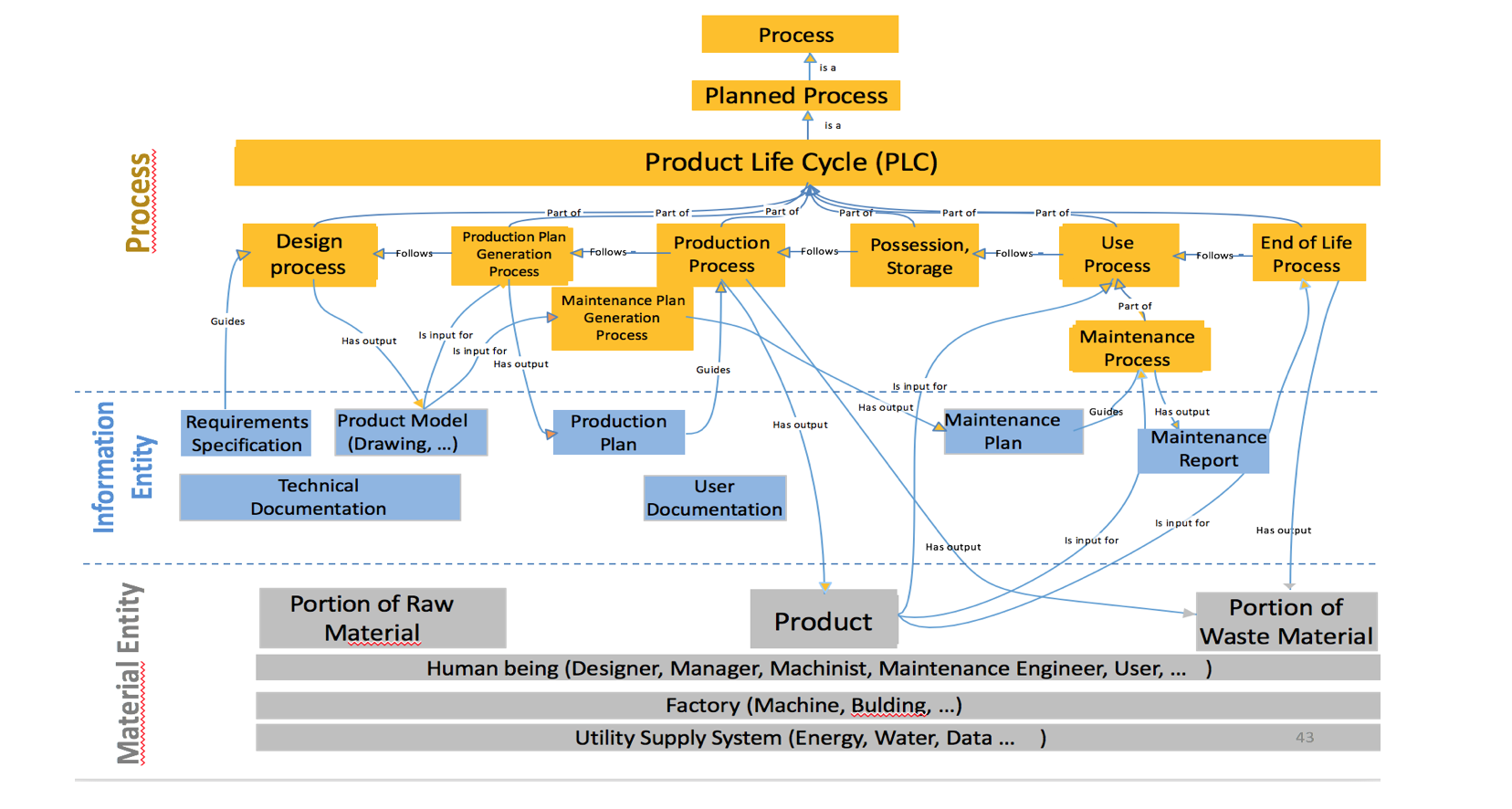The Qualities of Products vs. Product Quality
In a presentation to the Industrial Ontology Foundry last spring, I presented a short argument against representing quality (in the evaluative sense) using classes. The argument stands on the distinction between non-evaluative qualities as intrinsics and and evaluative qualities as extrinsics. For instance, a Tesla Model 3 has a mass, a shape, a size, and a color intrinsically, but it is a well-made or poorly made car extrinsically, or, in virtue of standing in a certain relationship to a specification or quality standard. 
I was asked to write up my slides in a short white paper for circulation. The resulting document is here. I would be interested in any criticisms of the argument or representation from those working with evaluations in product ontologies, particularly those working in OWL. Most of the relations can be found either in BFO or in the Common Core Ontologies. I have turned comments off of these posts to end an onslaught of spam, but serious responders can drop me a line at my email address.
